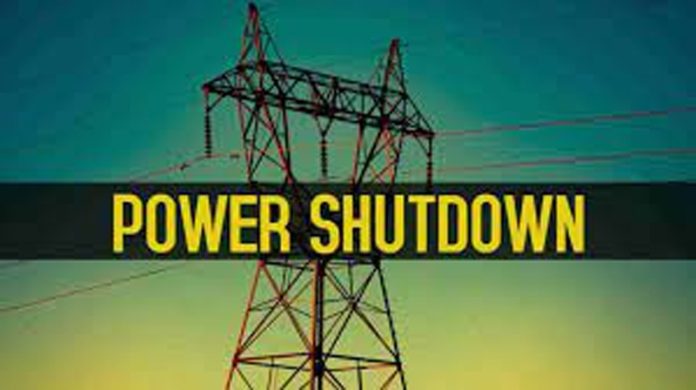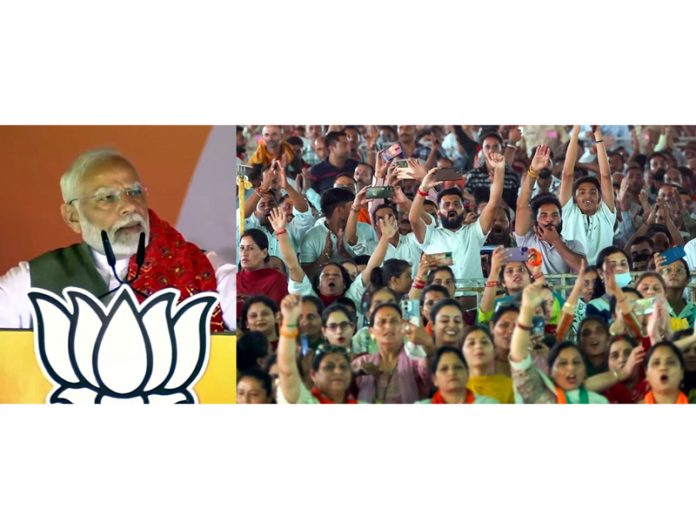
Article content There’s a “fatal flaw” in the province’s plans to densify communities, the annual gathering of B.C.’s municipal leaders heard on Monday: Municipalities don’t know how they’ll pay for infrastructure.
It’s a theme likely to be heard several times during the Union of B.C. Municipalities’ annual convention, which brings municipal politicians and staffers from around the province to downtown Vancouver this week.

The B.C. NDP has advanced several major housing-related reforms in this current term, including legislation last year that forces municipalities to allow medium-density projects like triplexes and townhouses across residential neighbourhoods.
Many municipal leaders say they support the idea of adding this kind of gentle density, but they worry about time and money. Several complained about the tight deadline of June 30, 2024, to update their zoning, and even more expressed worries about how to pay for the costly infrastructure improvements to accommodate that additional density. At a panel discussion on housing Monday morning at UBCM, University of B.
C. professor Paul Kershaw said that adding more homes to land already zoned for residences is an important action, but the province’s approach has “a fatal flaw.” Densifying communities without a plan to effectively capture increased property value to fund infrastructure is “half a plan, not a whole plan,” Kershaw said.
Before next month’s provincial election, every political party should make clear its plan for how to finance that infrastructure, Kershaw said, adding that currently, “we only have half a plan. It doesn’t make any sense.” The CEO of the Co-operative Housing Federation of B.
C., Thom Armstrong, told the panel “the jury is out” on whether recent provincial housing legislation will meaningfully add housing. “The one thing I have heard consistently from municipalities — and I can totally sympathize with this — is it would be nice if we didn’t ignore the fact that even gentle density or missing middle housing has impacts on infrastructure, and it would be nice if funding or investments in infrastructure was tied directly to housing outcomes,” Armstrong said.
Before the convention, the UBCM issued a report detailing local government for this year’s provincial election. Unsurprisingly, a major theme is how to pay for infrastructure to support “legislated housing growth.” Allowing higher-density housing in neighbourhoods that have historically had only low-density, single detached housing will require expensive upgrades to sewer, water service and roads, the report says.
The cites Burnaby’s estimate that upgrades to underground services to support denser housing could cost around $1 million for every 100 metres of street front to be redeveloped. “Local governments are stretched to the limit,” the UBCM report says. The report calls on whoever forms the next provincial government after the October election to provide $650 million a year in infrastructure funding to municipalities.
The UBCM analyzed infrastructure assets around the province including water and sewage facilities, roads, bridges and parks, and estimates that the province has $24 billion worth of core infrastructure that needs to be replaced within the next decade alone. The UBCM figures that if the province provides $650 million a year, that amount, coupled with existing federal government infrastructure commitments, would deliver close to $1 billion in total a year to local governments. B.
C. Housing Minister Ravi Kahlon pointed out that it isn’t novel or unusual for local governments to ask senior governments for more money. It is, in fact, a regular feature of the UBCM.
“You go back 30 years, you’ll see the same requests every year,” Kahlon said. But the timing of this year’s UBCM convention makes it a little unique, falling as it does right in between the introduction of the B.C.
NDP’s housing reforms and next month’s provincial election. Kahlon said his government has been providing infrastructure funding to municipalities, including the one-time, announced last year. But when asked about criticisms over the lack of a predictable, reliable plan for municipalities to fund infrastructure, Kahlon said: “There will be more to say in the coming weeks as we get into the election, about infrastructure and housing and how we support communities.
But I’m not in a place to talk about that right now.” Meanwhile, Kahlon’s ministry announced Monday that the province has agreed to give 21 communities more time to adopt higher-density zoning. Several municipalities and regional districts had applied for extensions to the deadline, which required them to demonstrate that infrastructure upgrades were needed or underway, and they needed more time.
In Metro Vancouver, North Vancouver City and Coquitlam were given until next June. New Westminster and Richmond got deferments for specific neighbourhoods with old infrastructure. But seven local governments, including Maple Ridge and the Township of Langley, that applied for extensions were denied by the province.
That means if those municipalities don’t update their bylaws, the province can step in and make the zoning changes for them..










